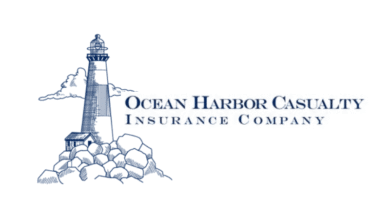Industry pushback mounts against Louisiana catastrophe reinsurance bill

Louisiana lawmakers are considering House Bill 672 (HB 672), a proposal to establish a state-run catastrophe reinsurance program aimed at addressing rising insurance costs in high-risk areas. Central to the bill is a funding mechanism involving state-issued bonds, which the bill refers to as catastrophe bonds, however, recent industry feedback has cast doubt on both the design and viability of the plan.
Introduced by State Representative Edmond Jordan, HB 672 seeks to create a Catastrophe Reinsurance Program Fund to provide insurers with an alternative source of reinsurance for property and casualty losses resulting from natural disasters, particularly hurricanes. The State Bond Commission would be authorised to issue bonds to capitalise the fund, with proceeds held in the state treasury.
The program aims to offer property insurers an alternative reinsurance option by facilitating risk transfer to a broader pool of investors.
HB 672 was initially introduced with the intent of improving the availability and affordability of homeowners’ insurance in Louisiana, especially in coastal areas where premiums have soared and private market options have narrowed.
However, in a recent report from AM Best, the Reinsurance Association of America (RAA) said that the state-run fund would concentrate risk and likely fail to generate sufficient carrier participation to be sustainable.
Jeremy Eisemann, vice president for state government affairs and assistant general counsel for the RAA said the global private reinsurance market’s strength comes from its ability to spread diversified risks across a global portfolio, which helps reduce the impact of individual loss events.
In fact, Eisemann notes that Louisiana’s proposed program would not benefit from such diversification.
“If there is a hurricane, as this bill specifically alludes to, then all of the risks get impacted all at the same time,” Eisemann said, in a report from AM Best.
“It is an adverse effect versus a global, private reinsurance market where there are uncorrelated risks, and the impact is much less.”
Although HB 672 refers to catastrophe bonds, Eisemann, also said the instruments are revenue bonds that function more like loans, with participating primary carriers ultimately responsible for repayment.
Eisemann explains that the requirements for carriers to write business in higher-risk areas at discounted rates combined with the repayment obligations would make the program unattractive for primary carriers.
There is no shortage of availability or financial capacity in the private market, Eisemann explained, adding that the market is willing to write business.
As debate continues, it remains unclear whether the proposed instruments truly function as catastrophe bonds, and that uncertainty could potentially impact both investor appetite and the long-term success of Louisiana’s reinsurance strategy.
It appears that Louisiana’s move closely mirrors developments in Colorado, where House Bill 25-1302 is under debate. Colorado’s legislation proposes the creation of a state reinsurance program supported by catastrophe bonds, with the goal of expanding the availability of property insurance amid rising wildfire risks.


